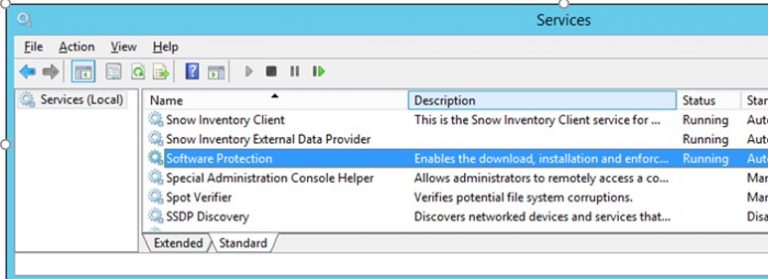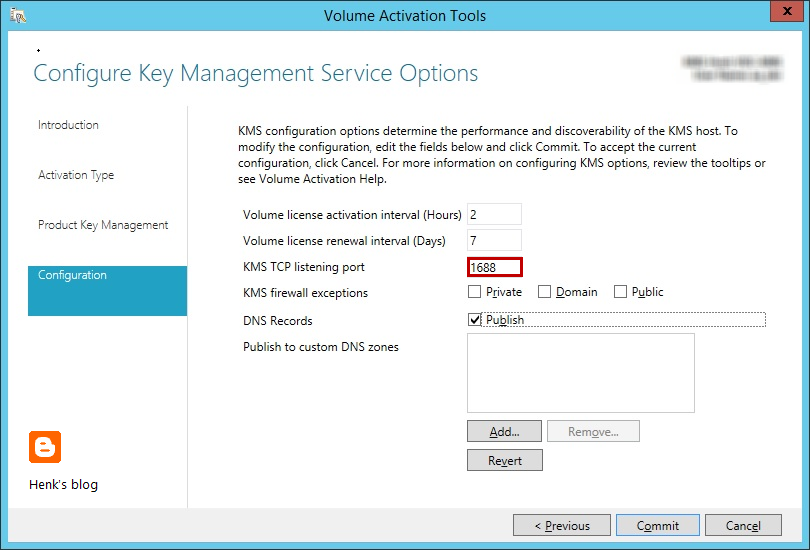

If you utilise the Server 2012 R2 datacentre key (KMS C), it can activate other datacentre editions as well as all 2008R2/2012/2012R2 standard/datacentre and Win7/8/8.1. If you utilise the Server 2012 R2 standard key (KMS B), it can act as an activation server for 2008R2/2012/2012R2 standard and Win7/8/8.1, but it cannot activate datacentre editions.

In short, go with the “highest” version of server you have available and it can then activate everything “below” it. In my opinion, the Microsoft doco and makes it sound complex. (Please note that non-domain joined machines can still use a KMS, but usually there is a reason they are not domain joined, which may also mean they cannot access the KMS!)įor all the domain-joined, generally on the network machines, use KMS. If a machine is off the network for long periods of time or is not domain joined, use a MAK. Many organisations we deal with use both. KMS and MAK are both used for volume licensing customers, you cannot activate retail or OEM operating system installs using these methods. I would imagine that if you are reading this blog you are familiar with what volume licensing is. If it does not, the client will start showing activation messages.
 To remain active, KMS clients must contact the KMS server once every 180 days. KMS requires what is called an “activation threshold”, which basically means that until you have more than 25 Windows 7/8/8.1 activations or more than 5 Windows Server 2008 R2/2012/2012 R2 activations, the KMS server is not active. This type of key is intended to be used on a Key Management Server to provide activation for clients and has a couple of important factors: The KMS server is activated once, and in turn, clients will auto-locate and activate against the KMS service. Organisations who have certain machines which are not domain joined and/or do not connect to the business network regularlyĪ Key management server is a service which provides activation on behalf of clients. Small organisations with 25 or less computers. The MAK activation method is best suited for The activation process occurs once per machine either directly over the internet, via a MAK proxy or via telephone. This type of key is intended to be used on multiple computers, but must be entered manually, via VAMT or in an SCCM task sequence. KMS seems to be one of those things that is sometimes quite poorly understood – and many existing blog articles or pieces of documentation seem to gloss over important details (IMO). Updated on : (Added Windows Server 2022 info)
To remain active, KMS clients must contact the KMS server once every 180 days. KMS requires what is called an “activation threshold”, which basically means that until you have more than 25 Windows 7/8/8.1 activations or more than 5 Windows Server 2008 R2/2012/2012 R2 activations, the KMS server is not active. This type of key is intended to be used on a Key Management Server to provide activation for clients and has a couple of important factors: The KMS server is activated once, and in turn, clients will auto-locate and activate against the KMS service. Organisations who have certain machines which are not domain joined and/or do not connect to the business network regularlyĪ Key management server is a service which provides activation on behalf of clients. Small organisations with 25 or less computers. The MAK activation method is best suited for The activation process occurs once per machine either directly over the internet, via a MAK proxy or via telephone. This type of key is intended to be used on multiple computers, but must be entered manually, via VAMT or in an SCCM task sequence. KMS seems to be one of those things that is sometimes quite poorly understood – and many existing blog articles or pieces of documentation seem to gloss over important details (IMO). Updated on : (Added Windows Server 2022 info)







 0 kommentar(er)
0 kommentar(er)
